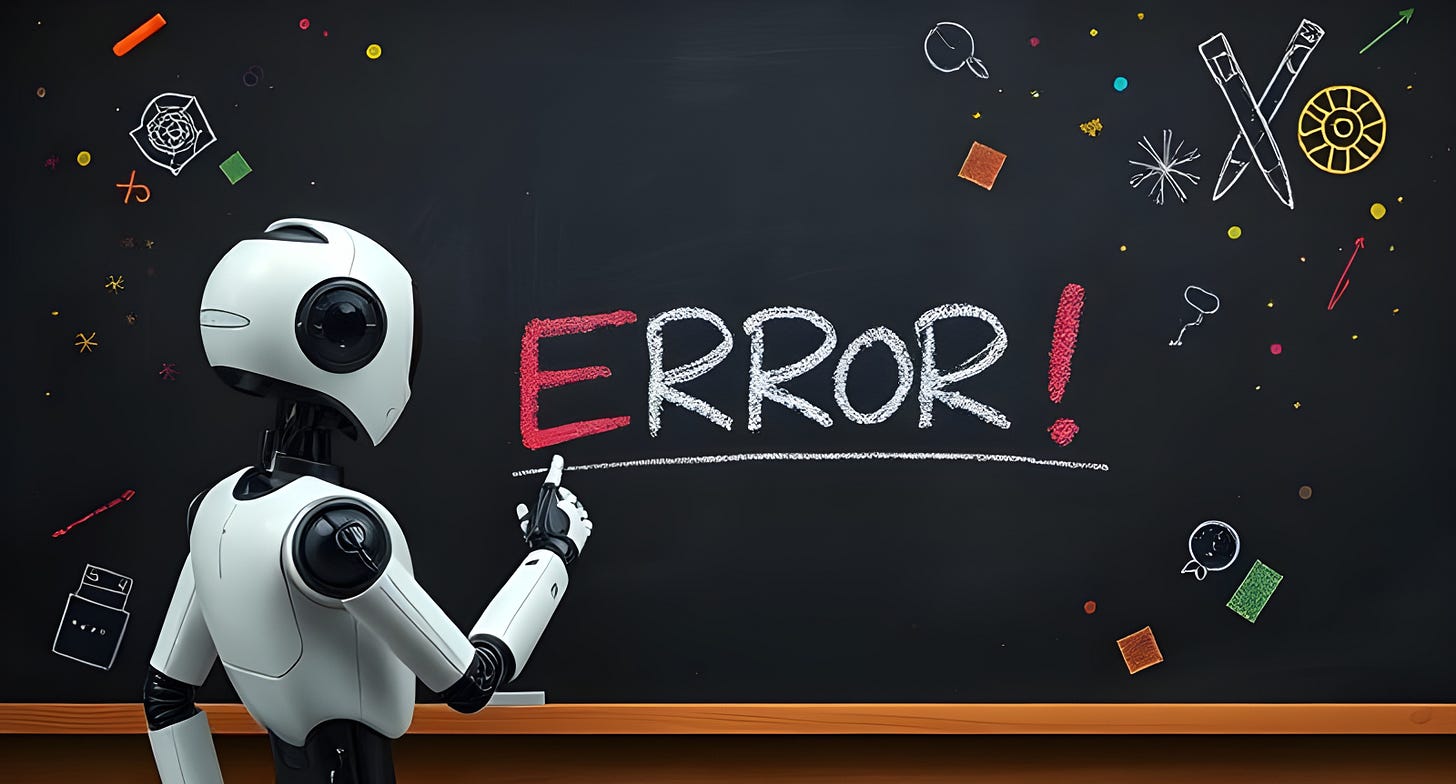We’ve all seen the golden rules of prompting: Be specific. Use context. Guide the AI with clear, structured instructions. But what if I told you that sometimes, the best prompts are the ‘bad’ ones? I don’t mean inefficient or thoughtless, but intentionally flawed ones, designed to force the AI to stumble before it succeeds.
Welcome to the world of failure-driven prompting.
When AI Needs a Wrong Turn
AI models, especially large language models, are pattern recognition machines. They predict the next best token based on context. But sometimes, they get stuck in loops of mediocrity—offering the safest, most predictable responses. That’s where intentional failure comes in.
By first giving AI an imperfect or misleading prompt, you can observe how it wants to go wrong. This insight then helps you redirect it toward more creative, nuanced, and unexpected results.
The ‘Bad’ Prompt Strategy in Action
1. Overload It With Ambiguity
Instead of asking, “Write a sci-fi story about time travel,” try:
“Describe a future where both time moves backward and forward simultaneously, in story format.”
By providing an ambiguous prompt, you give the AI more room to respond in surprising and interesting ways. Even if the AI gives a useless answer, simply correct it, and you may force it to produce a fresher take.
2. Force It to Defend a Contradiction
Instead of a direct query like, “How does AI impact creativity?”, go with:
“Explain why AI-generated art is both original and unoriginal at the same time.”
This forces the model to grapple with nuance, leading to more complex and engaging responses.1
3. Give It a Deliberate Mistake
AI loves to correct errors. If you write, “Tell me about Leonardo da Vinci’s career as a famous composer,” the model will jump in to clarify his actual legacy. This can be a hack for making AI more explanatory and critical in tone.2
The Lesson
Failure-driven prompting pushes AI out of its default patterns. Instead of recycling polished but predictable answers, it has to adapt, analyze, and rethink. And when AI is forced to “think harder”, it often surfaces more interesting, unexpected, and even more human-like results.
So next time AI gives you a flat, uninspired answer, don’t just refine your prompt. Try breaking it first.
What’s the strangest way you’ve tricked AI into a better response?

So-called reasoning models (such as DeepSeek R1 and OpenAI’s o3 model) are fine-tuned for hard puzzles. Give them something strange to figure out, and they may surprise you. Last week, I got very interesting output by asking DeepSeek R1 to consider a world in which there is no Easter Bunny, but rather a Wester Bunny.
And if the LLM fails to correct your mistake, you now know it can’t be trusted; maybe it’s time to find a better model (or stop trusting AI in general, you idiot 😉).







I argue with AI all the time. It jumps to conclusions or misses facts/context I already provided. Sometimes, after arguing, we end up someplace good and other times I give up 😝
"or stop trusting AI in general, you idiot 😉"
😂 The ending was quite hilarious